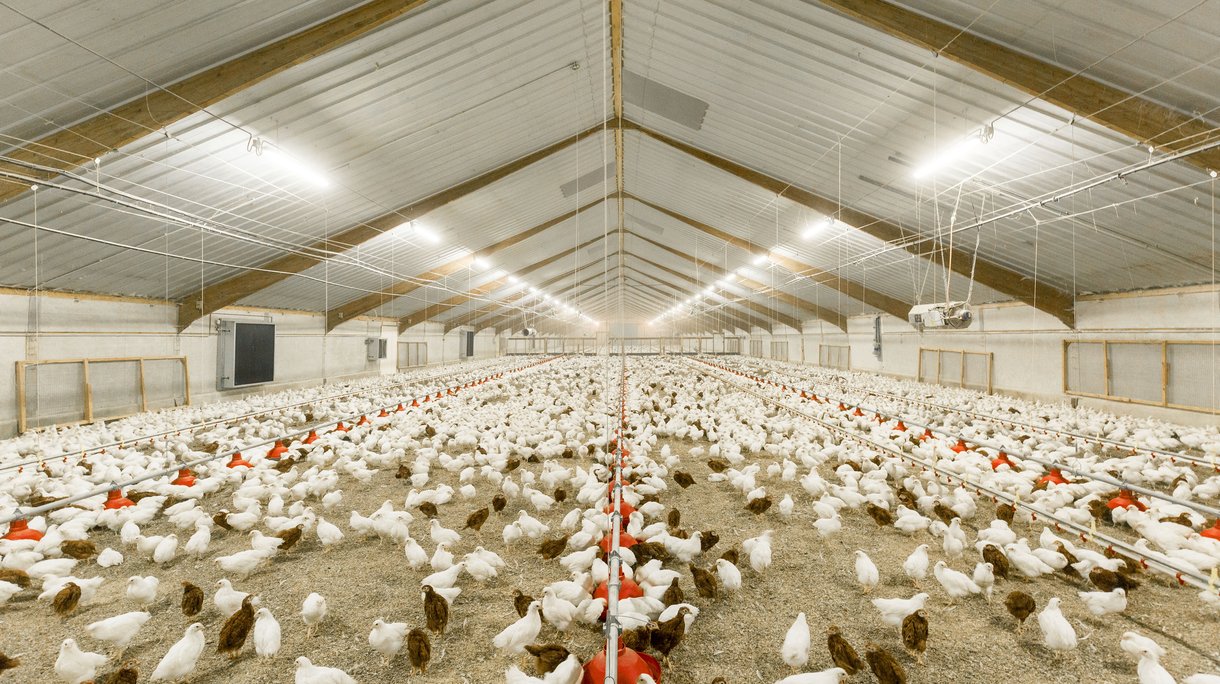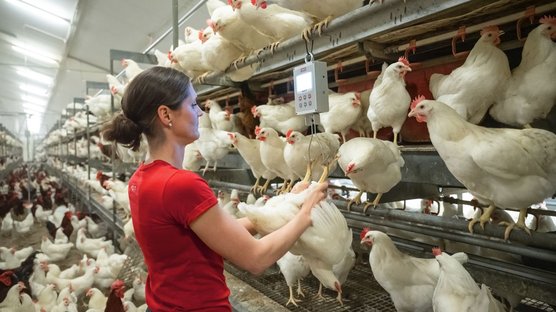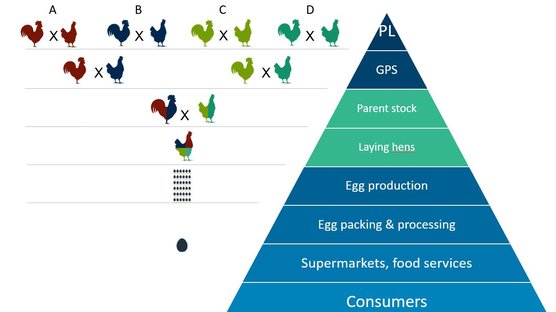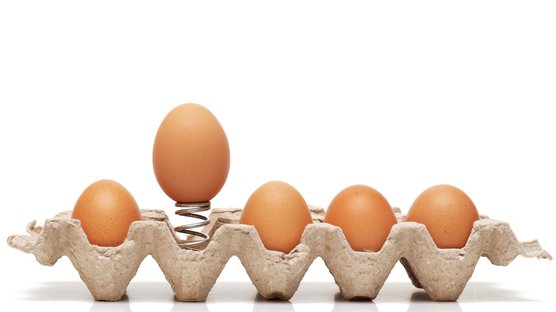
Published on Sept. 20, 2019
Brooding conditions for healthy layer chicks
In order to give your flock the best start possible, brooding conditions for newly placed chicks is very important.
Because chicks are poikilothermic and sensitive to their surroundings during the first five days of life, it is crucial to make sure their environment is clean, well-organized, well-lit, and kept at the right temperature and oxygen levels.
Focusing on a few keys areas will ensure that the day old chicks are comfortable and will develop successfully over the next weeks as they transition to the pullet stage.
Water & Feed
Make sure to clean the water lines in the brooder house. One to two hours before the day old chicks arrive at the house, flush the water lines so that there will be fresh water in the lines.
When setting up the drinkers, keep the nipple line at its lowest level during the first week, and keep the water pressure low so that all the nipples carry a droplet. It is important that the chicks can easily access their water once placed so that the birds can start hydrating after being transported from the hatchery.
Place the feed close to the water lines to ensure all chicks in the barn can access their feed and water and begin to eat and drink right away. If the majority of the flock can access what they need at the beginning of development, this will ensure they are uniform in their size and developmental stage. This will be important later on to be able to feed the flock according to their stage of development and production.
Lighting
Day old chicks and reared pullets need sufficient light to explore their new home and find their way to food and water. Especially if the birds are placed in a floor, slat, or aviary system, they will need to be able to see where to find the feeders and drinkers. A minimum of 20 lux is recommended.

Temperature
The temperature of the house and equipment must be correct to keep the chicks comfortable. This will greatly affect their health and ability to properly develop bodily systems. Before the chicks arrive it is important to preheat the barn, especially in the cold season. Concrete floors should be at a minimum or 28˚C before any litter is distributed, and litter should be at 30˚C before chick placement.
Although the chick’s behaviour is a good indicator for the in-house temperature (are the chicks huddled together for warmth? Are they opening their wings and panting?), measuring body temperature is more accurate. After arrival in the house, the temperature of the chicks should be measured with an ear thermometer pressed gently onto the cloaca of the chick, 40°C is recommended.
Ventilation
Both day old chicks and reared pullets need sufficient supply of oxygen and removal of CO2 and ammonia. Relative Humidity (RH) should be at a minimum of 60%; continue to register this daily. Additionally, it is important to be aware of the risk of high CO2 levels when using open fire heaters.
Keep an eye on these key areas to ensure the future successful development of your flock.



